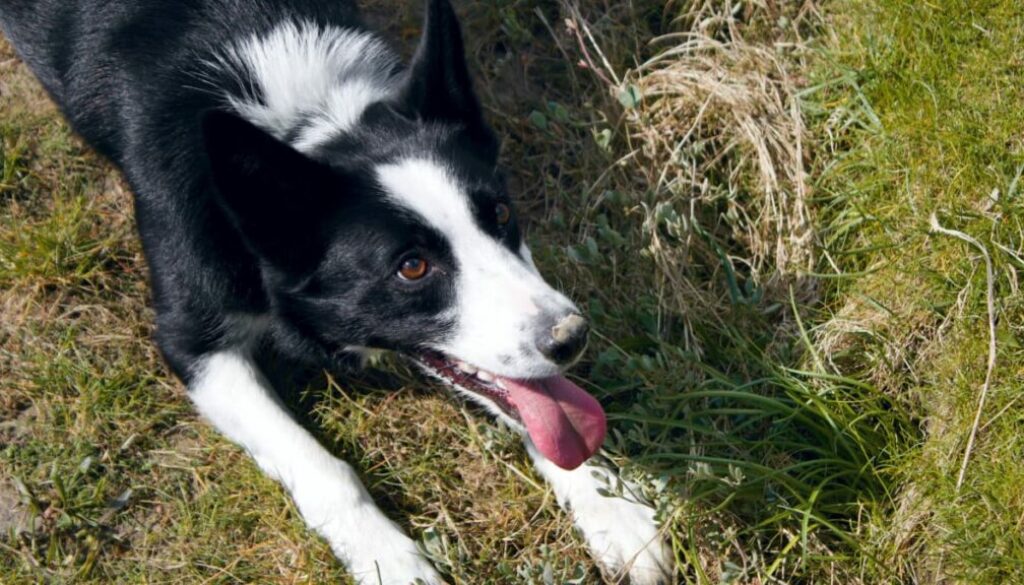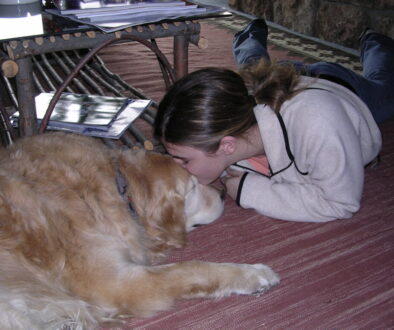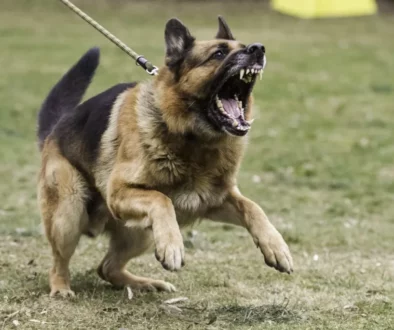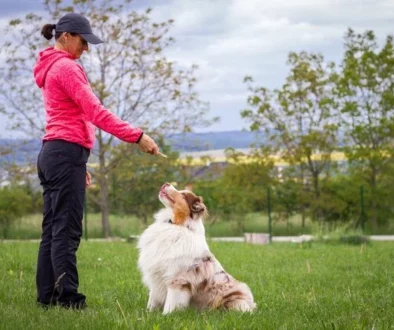Calm Down! Tips for Reducing Hyperactivity in Dogs
Hyperactivity in dogs can be a common behavior issue that many pet owners face. It can be challenging to handle a hyperactive dog and may lead to a variety of problems, including destructive behavior and anxiety. In this article, we will explore effective tips for reducing hyperactivity in dogs and promote a more balanced and peaceful lifestyle.
Understanding Hyperactivity in Dogs
Hyperactivity in dogs can be a challenging behavior issue that many pet owners face. It is important to understand what hyperactivity really means in the context of dogs. While it is natural for dogs to have bursts of energy and playful behavior, excessive hyperactivity can become a problem. Hyperactive dogs often display high energy levels, difficulty staying calm or relaxed, and an inability to focus or concentrate.
There are various factors that can contribute to hyperactivity in dogs. It is important to recognize and address these underlying causes in order to effectively manage and reduce their hyperactive behavior.
One common cause of hyperactivity in dogs is a lack of physical exercise. Dogs, especially those with high-energy breeds, require regular physical activities to burn off excess energy. Without enough exercise, their energy can manifest in hyperactive behavior. It is important for dog owners to commit to providing their dogs with daily exercise routines that match their energy levels and needs.
Another cause of hyperactivity in dogs is a lack of mental stimulation. Dogs need mental stimulation to keep their minds engaged and active. Boredom can lead to restlessness and hyperactivity. Providing puzzle toys, interactive games, and training sessions can help tire out their minds and provide mental stimulation.
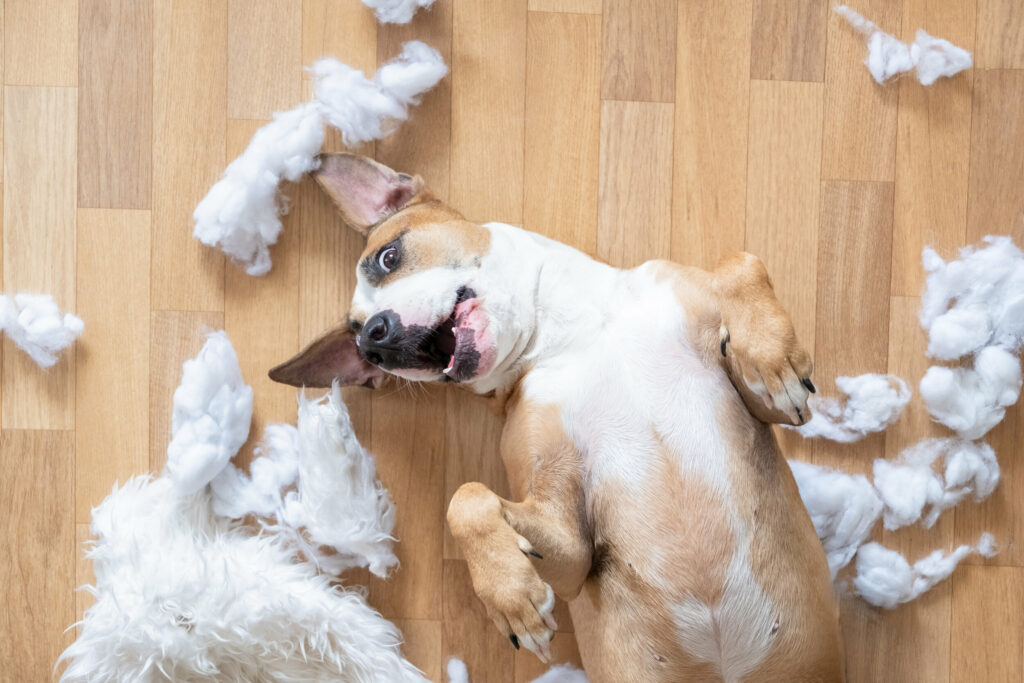
Improper training or a lack of training can also contribute to hyperactivity in dogs. Dogs that haven’t been taught basic obedience commands or have not received consistent training may struggle to understand boundaries and rules. This can lead to an increase in hyperactive behavior. Positive reinforcement training techniques, which focus on rewarding desired behaviors and ignoring or redirecting unwanted behavior, can be effective in reducing hyperactivity and promoting calmer behavior in dogs.
Another important aspect to consider is the dog’s diet. Just like humans, dogs can be affected by their diet. Certain ingredients or nutritional imbalances in their diet can trigger hyperactive behavior. It is important to provide a balanced and high-quality diet that meets their specific nutritional needs. Consulting with a veterinarian or a professional dog nutritionist can help identify any dietary factors that may be contributing to hyperactivity.
Identifying the Causes of Hyperactivity
Identifying the causes of hyperactivity in dogs is important to effectively address and manage the behavior. Here are some potential causes to consider:
- Breed: Certain dog breeds are naturally more energetic and prone to hyperactivity. Working breeds, such as Border Collies or Australian Shepherds, have high energy levels and may require more physical and mental stimulation than other breeds.
- Lack of Exercise: Insufficient physical exercise can contribute to hyperactivity in dogs. Dogs need regular opportunities to burn off excess energy and engage in physical activities like running, playing fetch, or going for long walks. Without adequate exercise, dogs may become restless and display hyperactive behaviors.
- Lack of Mental Stimulation: Dogs also require mental stimulation to stay balanced and content. A lack of mental stimulation can lead to boredom and hyperactive behavior. Providing puzzle toys, training sessions, and interactive games can help keep their minds engaged and tire them out mentally.
- Anxiety or Stress: Dogs can display hyperactive behavior as a result of anxiety or stress. Stressful environments, changes in routine, separation anxiety, or fear can all trigger excessive energy and restlessness in dogs. Identifying and addressing the underlying anxiety or stress factors can help reduce hyperactivity.
- Attention-seeking behavior: Some dogs may engage in hyperactive behavior as a way to seek attention from their owners. If a dog learns that hyperactivity gets them attention or rewards, they may continue to exhibit the behavior. In these cases, it is important to provide attention and rewards for calm, desirable behavior instead.
- Medical Conditions: In some cases, hyperactivity may be a symptom of an underlying medical condition. Thyroid issues, allergies, or neurological disorders can all contribute to hyperactive behavior in dogs. If you suspect a medical issue, it is important to consult with a veterinarian for proper diagnosis and treatment.
- Lack of Training or Boundaries: Dogs thrive on structure and clear boundaries. Without proper training and consistent reinforcement of rules and commands, dogs may struggle to understand and control their energy levels. Training and positive reinforcement techniques can help establish boundaries and promote calmer behavior.
It is important to evaluate these potential causes and consider any specific factors that may be contributing to your dog’s hyperactivity. Working with a veterinarian or a professional dog behaviorist can help identify and address the underlying causes and develop an appropriate management plan.
Create a Calming Environment
- Provide a designated quiet space for your dog to retreat to when they feel overwhelmed or overstimulated. This can be a crate, a specific room, or a cozy corner with a bed or blanket.
- Minimize exposure to loud noises, excessive activity, or stressful situations that can trigger hyperactivity. Create a peaceful and predictable environment for your dog.
- Use calming scents like lavender or chamomile, either through essential oils or diffusers, as they can have a calming effect on dogs.
- Play soft, soothing music or use white noise machines to create a peaceful atmosphere.
Regular Exercise
- Make sure your dog gets enough physical exercise to burn off excess energy. The amount and intensity of exercise will depend on your dog’s breed, age, and overall health. Consult with your veterinarian to determine the appropriate exercise regimen.
- Provide daily walks, play fetch, or engage in other physical activities that your dog enjoys.
- Consider interactive toys that require physical activity, such as treat-dispensing puzzle toys or agility courses, to keep your dog physically engaged and mentally stimulated.
Mental Stimulation
- Provide your dog with mental stimulation to tire out their minds. This can include interactive puzzle toys, treat-dispensing toys, or hide-and-seek games with their favorite treats.
- Engage in training sessions that challenge your dog’s abilities and focus their energy on learning new commands and tricks.
- Teach your dog scent work or nose games, which stimulate their sense of smell and provide mental exercise.
- Consider enrolling your dog in structured activities like obedience classes, agility training, or scent work classes, where they can engage in mental challenges and skill-building exercises.
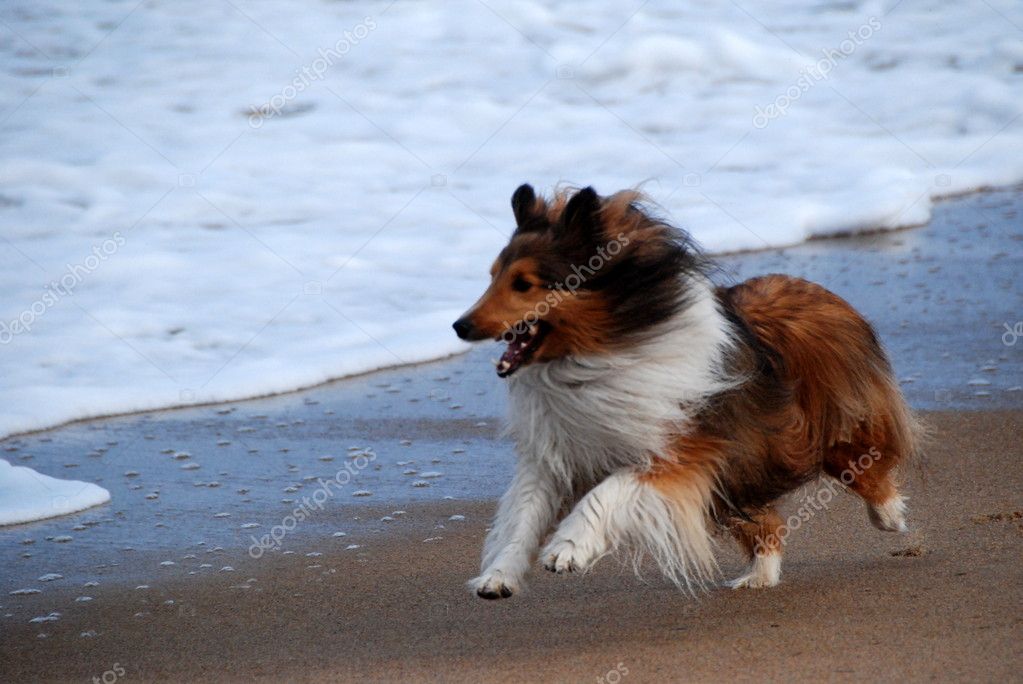
Positive Reinforcement Training Techniques
- Utilize positive reinforcement training methods, which involve rewarding your dog for desired behaviors. This can include praise, treats, or playtime. Focus on reinforcing calm and attentive behavior.
- Use clicker training, where you associate a clicker sound with a reward, to mark and reinforce desired behaviors.
- Break training tasks into small, manageable steps and gradually increase difficulty as your dog progresses.
- Consistency is key in training. Establish clear rules and boundaries, and ensure that everyone in the household follows them consistently.
Providing a Balanced Diet
- Opt for a high-quality, balanced diet that meets your dog’s specific nutritional needs. Consult with a veterinarian to ensure you’re meeting those requirements.
- Avoid food allergies or sensitivities by identifying and eliminating potential trigger ingredients from your dog’s diet.
- Consider natural supplements that promote calmness, such as those containing chamomile, valerian root, or L-theanine, with the guidance of a veterinarian.
Incorporating Relaxation Techniques
- Massage your dog with gentle, soothing strokes. Focus on areas where tension is commonly held, such as the neck, shoulders, and back.
- Try aromatherapy by using calming scents, like lavender or chamomile, in the form of diffusers, sprays, or collar attachments specifically designed for dogs.
- Play soft, calming music or use white noise machines to create a tranquil environment.
- Practice deep breathing exercises with your dog, encouraging them to inhale and exhale slowly while relaxing together.
Using Natural Remedies
When considering natural remedies for managing hyperactivity in dogs, it’s important to consult with a veterinarian before introducing any new supplements or treatments. Here are some natural remedies that are commonly used:
- Herbal Supplements: Certain herbs, such as chamomile, valerian root, or passionflower, are known for their soothing and calming properties. They can be found in extract or capsule form and may help promote relaxation in dogs. However, always consult with a veterinarian to determine the appropriate dosage and to check for any potential interactions or side effects.
- CBD Oil: Derived from the hemp plant, CBD oil has gained popularity for its potential calming effects. It can help reduce anxiety and promote relaxation in dogs. However, it’s crucial to source high-quality CBD products specifically designed for pets and to consult with a veterinarian regarding dosage and usage guidelines.
- Flower Essences: Flower essences, such as Bach Rescue Remedy, are natural extracts from flowers that are believed to have calming properties. These essences are often administered orally or added to the dog’s food or water. Again, consult with a veterinarian to determine the appropriate usage and dosage for your dog.
- Aromatherapy: The use of essential oils in diffusers or sprays can create a calming environment for your dog. Lavender, chamomile, and valerian are commonly used essential oils for their relaxing effects. However, always ensure that the essential oils are safe for dogs and properly diluted to avoid any adverse reactions. Some essential oils can be toxic to dogs, so it’s important to do thorough research and consult with a veterinarian before using any essential oils.
Seeking Professional Help
- If your dog’s hyperactivity persists despite your efforts, it may be beneficial to seek the assistance of a professional dog trainer or behaviorist. They can provide expert guidance and develop a customized behavior modification plan for your dog.
- A veterinarian can also help rule out any underlying medical conditions that may contribute to hyperactivity and recommend appropriate treatment options.
Preventing Hyperactivity in Dogs
- Providing a consistent daily routine can help prevent hyperactivity in dogs. Regular feeding, exercise, and playtime should be done at the same times each day to establish a predictable schedule.
- Create a calm and structured environment by maintaining a peaceful atmosphere at home. Minimize loud noises, excessive activity, or stressful situations that can trigger hyperactivity.
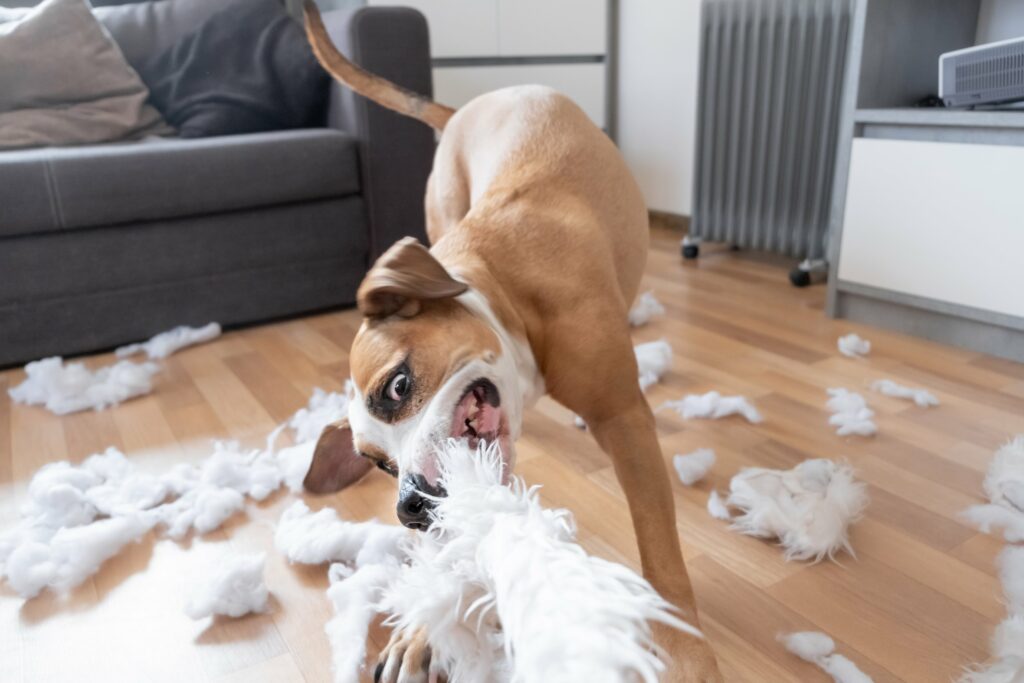
- Incorporate mental stimulation and enrichment activities into your dog’s routine to keep them mentally engaged and fulfilled.
- Practice regular obedience training to establish clear rules and boundaries, and reinforce calm and attentive behavior.
- Avoid over-excitement or overstimulation during playtime. Monitor your dog’s energy levels and provide breaks if they become overly aroused.
- Ensure your dog has a comfortable and secure sleeping area where they can rest undisturbed.
Conclusion
Addressing hyperactivity in dogs requires a comprehensive approach, focusing on understanding the underlying causes and tailoring strategies accordingly. By following the tips and techniques outlined in this article, you can help calm down your hyperactive dog and create a harmonious and balanced bond with your furry companion.
Also Read:
Pet Care Tips for Cats for Beginners
Pet Care Tips for Dogs for Beginners
